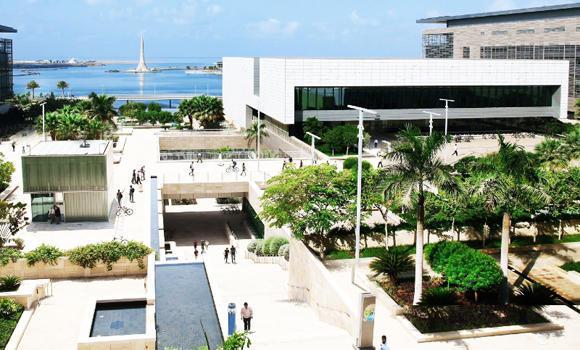
Seven KSA supercomputers in Top 500 list
Seven supercomputers from Saudi Arabia are on the latest list of the world’s 500 most powerful machines.
Three of them — Makman, Faris and Makman-2 — belong to Saudi Aramco. Two supercomputers — Shaheen and Shaheen II — are located at King Abdullah University of Science and Technology (KAUST), one — Sanam — at King Abdul Aziz City for Science and Technology (KACST) and one at King Abdul Aziz University in Jeddah.
The list of the 500 most powerful supercomputers was on display at the 30th International Supercomputing Conference held in Germany recently. Included were the technical details of each supercomputer.
The list of the most powerful supercomputers is published every six months. It is based on a speed test called LINPACK that measures the computer’s ability to execute certain mathematical calculations in one second.
In the most recent list, the Chinese Tianhe-2 (Milky Way-2) topped the list as the most powerful supercomputer in the world. It can execute approximately 33 trillion (petaflops) operations per second, contains 3 million computer processors, and uses nearly 18 megawatts of electricity.
The Makman-2 supercomputer of Saudi Aramco’s Exploration and Petroleum Engineering Center (EXPEC) was 28th on the list. It contains more than 76,000 central processors and can perform 2.249 trillion operations a second.
The other computer, Faris, is equipped with more than 40,960 processors and has the ability to perform 816 billion operations per second. Makman-1 ranked 151 with a capacity of 441 billion operations per second.
EXPEC houses numerous other supercomputers that were not mentioned in the list of the top 500 but if all EXPEC’s computers were integrated, their capability would exceed 6.202 trillion operations a second, equal to the computer that ranked No. 7 on the list.
According to a report posted two days ago on Saudi Aramco’s website, most personal computers have a maximum of one or two processors. This number is insufficient for analyzing and processing the huge amount of data in scientific and engineering fields in oil companies, scientific centers, and Internet companies where supercomputers, such as Shaheen and Makman, are used for high-speed data processing in order to save time and obtain the best and quickest results.
These supercomputers are the best way to solve complicated scientific problems such as understanding the structure of proteins to improve the quality of medications, analyzing mineral properties and measuring their endurance through simulation. They also play a critical role in climate study and the forecasting natural phenomena such as tsunamis. Today, they are even used to solve daily problems such as traffic congestion and determining the best routes for airplanes.
At Saudi Aramco, supercomputers are used for seismic processing and reservoir simulation. The systems have been in use in EXPEC since 2001, and they are operated by the company’s employees through the use of an open-source system (Linux).



























